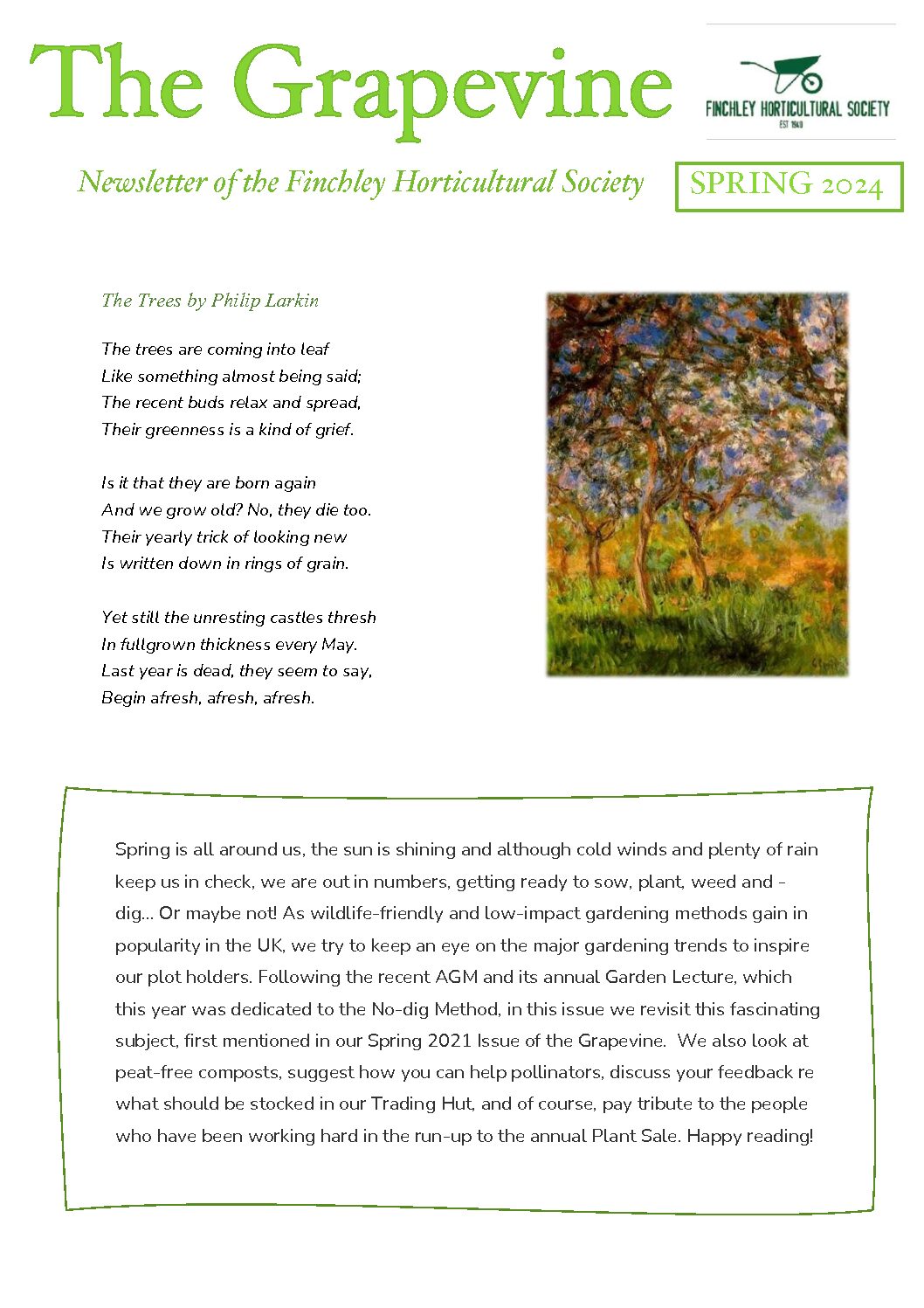Composting Workshop
Follow up notes from Composting Workshop by Eric Hess and Lucy Seifert
On Sunday 16th October a Composting Workshop was held at the Allotment. The following combines Eric’s presentation plus the contributions from those present. Nineteen people attended. Lucy facilitated the event. The workshop covered the benefits, methods, and ingredients.
The benefits of composting
- To capture and store carbon dioxide in the soil to help reduce global climate change.
- To stop soil erosion
- To enrich the soil
- To retain moisture
- To suppress plant diseases
- It encourages the breakdown of beneficial bacteria and fungi to create a humus (not the type you eat in pitta!)
Methods of composting
- The Pit Method: Tip your green waste into a trench. It helps if you have some grass cuttings. Avoid blighted tomato and potato hulms
- Composting in boxes with air access: suggest covering the box but don’t let it dry out
There are two distinct methods: faster method is to turn it regularly (about two months), the slower is to leave it to break down over a period of time (a couple of years!)
- Throw green material on the surface and let it break down
- Pack tightly into an oblong or square shape – this was a World War II method
- Towering Compost Box: One potholder, Terry, put everything in his compost and relies on weight to compress it. He has a sliding door at the bottom of the towering box to remove the compost when needed.
- Expensive methods include: Hokashi Hotbox and Rolling Barrel. These produce compost more quickly.
- Debateable is the use of weeds: some people throw perennial weeds in as they are, but they can also be soaked or put in a bag and left, or weeds can be put in a cold frame to heat up. You can also put weeds into a dark container to break down.
Note: Leaf mulch takes longer to break down unless you shred it and therefore people tend to compost it separately
What can you put into your compost?
- Ground coffee – there are different opinions on this
- Tea leaves
- Egg shells
- Bread
- Grass cuttings
- Avocado
- Veg food scraps
- Fruit
- Banana skins and potato peel; potato hulms that are not infected by blight
- Paper – but not printed on in case of chemicals
- Cardboard including toilet roll (but not toilet paper!) and egg boxes
- Wood shavings
- Horse manure, rabbit, or hamster droppings
Take care not to put into the compost any blighted material unless your compost is very hot; add manure and wood shavings and turn it from the outside in to heat up the compost
Some people said they used weeds and even bindweed, but the latter takes at least 4 years to break down!
One person said they throw into the compost the remains of dinner, but not citrus, meat or fish, as the latter will attract rats. You can try peppermint and cayenne pepper to deter rats. We discussed whether a wire container would prevent rats, however, there was comment that rats can bite through wire.
There are ways to assist the breakdown of your compost by turning the compost regularly and also with male urine (but not female).
One person recommended a wormery, from which she gets both small amounts of compost plus a liquid from the worms for use as plant feed.
Another suggested using a sieve on a wheelbarrow and to sieve the compost in order to grow seed.
After the meeting closed there was a walkabout on the allotment to view different plots and composting methods.

